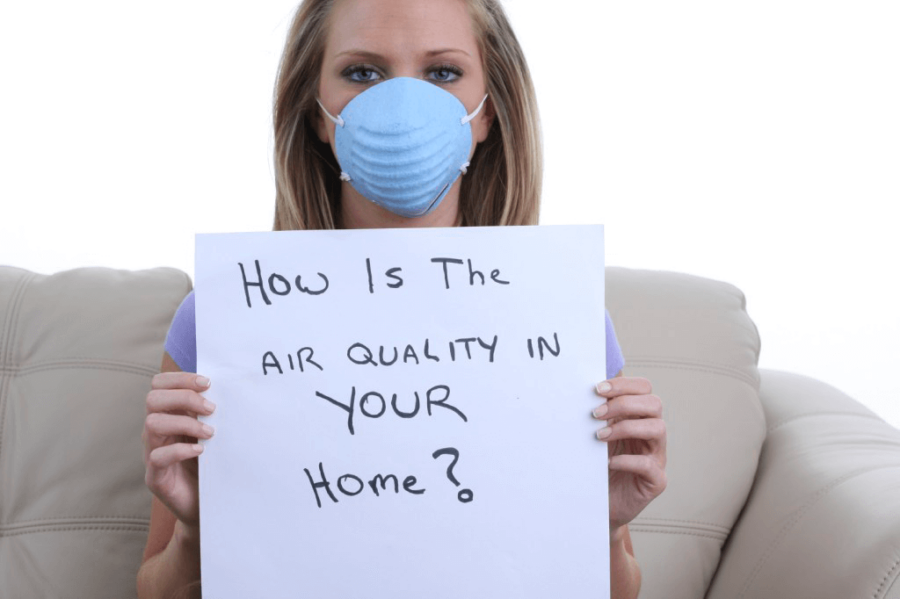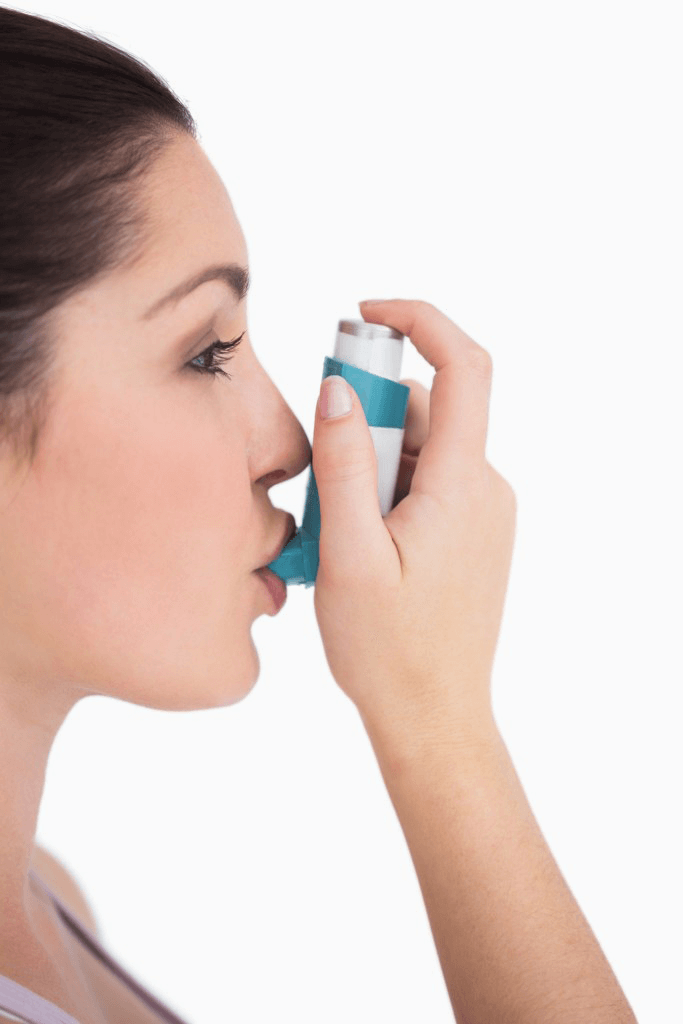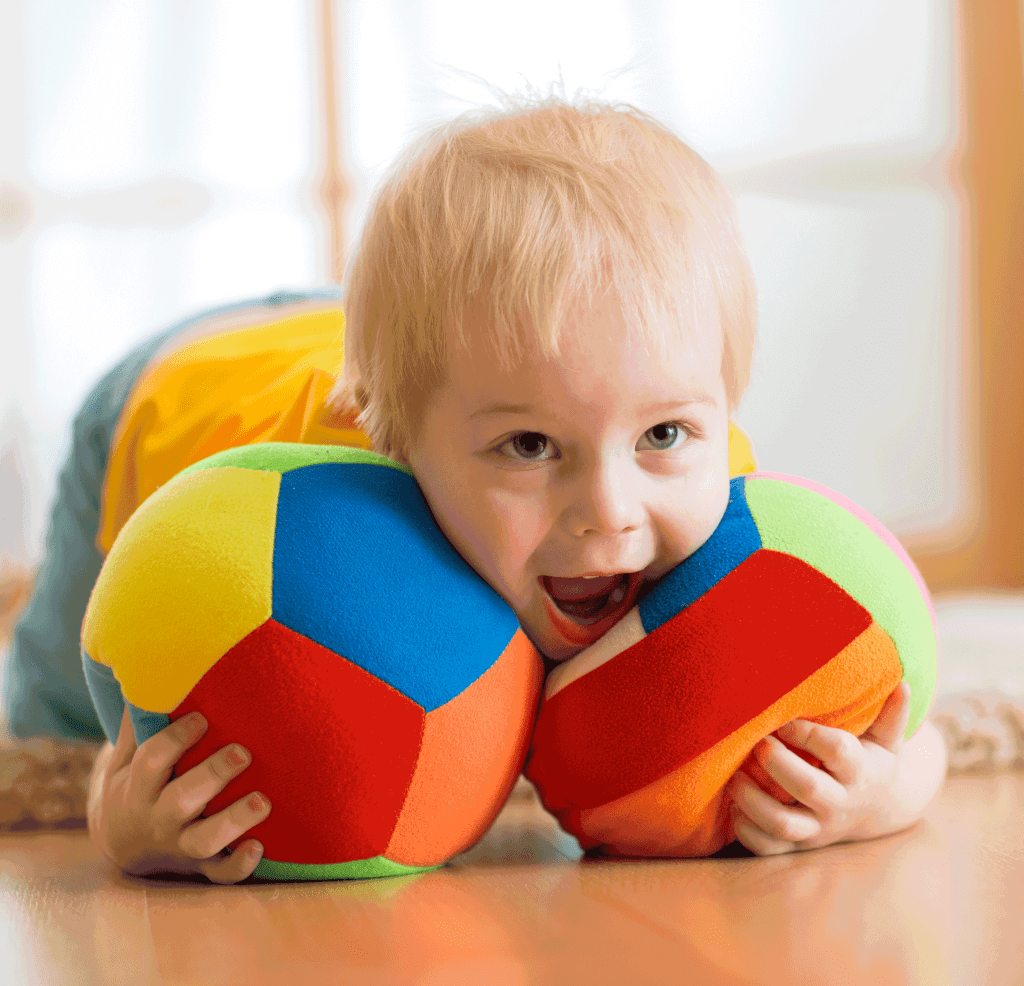There are many things that are needed for a newborn health, but one of the most important is creating a safe environment. Your home is your stronghold, it’s the place where you can keep yourself and your family safe. Babies have delicate immune systems that are still in development. They are much more susceptible to infectious diseases and other environmental hazards.
New Parents Should Monitor Indoor Air Quality
One of the biggest dangers for infants and expecting mothers is the quality of indoor air. Indoor air is on average 10 times more polluted than outdoor air. It’s important to do a house safety-exam where you check for possible red lights that could harm or endanger your child.
5 Cleaning Tips for Expecting Parents
Make Sure Everything is Cleaned and Dusted
Aside from vacuuming the carpet, you may also want to steam them along with curtains and other linens and disinfect all areas of the home several weeks in advance. Pay more attention to cleaning common problem places where bacteria and microbes breed. These include:
- kitchen sinks
- faucet handles
- stove knobs
- refrigerator handles
- cutting boards
It’s important to do any disinfecting works weeks in advance, because cleaning chemicals also release a lot of VOCs into the air, and these can be harmful to your baby. Doing the work in advance allows these potential contaminants to disperse, given proper ventilation.
Take out Dangerous Items from the Living Space
It’s a sad reality of the modern world that many of the everyday things we have in our households can emit dangerous toxins. Many of us are blissfully unaware of the potential impact these can have on our health. Newborn baby needs are more rigorous than an adult’s, so it’s something to take note of when you have a baby in the house.
Here is a short list of things that you need to keep out of your living area, especially where the baby will be living in.
- Hobby supplies (like paint, markers, glue, crayons)
- Solvents (like rubbing alcohol)
- Insect repellants (like mothballs)
- Air fresheners (including aerosol sprays)
- Dry-cleaned clothing (which has chemicals like perchloroethylene)
Paint Early and use Safe Paint
Re-painting the baby’s room into the usual bright and cheery nursery means a lot of paintwork. Unfortunately, paint is one of the biggest offenders when it comes to releasing airborne toxic chemicals into your home.
The room should be painted weeks or even months before the baby arrives. It is best to use paints that are low in VOCs or even better, “Zero VOC.” Brands like Behr, Benjamin Moore, Sherwin Williams and AFM Safecoat all offer paints that are zero VOC.
Avoid buying New Furniture and Linens
It may be tempting to buy a couch or new curtains to welcome baby to the family, but you could be doing more harm than good! New fabrics — like those in the upholstery of your furniture or in those new curtains — are more likely to have higher traces of volatile organic compounds in their dyes. If possible, buy gently-used items over brand new, these will have had the time to air out and disperse there potentially harmful airborne compounds. As a bonus, they’re cheaper too!
And if you already have new furniture or linen in the house, be sure to consider doing any of these tips:
- Give newly bought linen heavy washing and steaming
- If you must buy new furniture, avoid pressed wood as this actually contains the most toxins out of the typical materials used
- Any new furniture should be aired out for at least a week before baby arrives
Test your Baby Room for potential Airborne Pollution
When you’ve done everything in your power to make baby’s environment as safe as possible, the final test is in the pudding. The only way to reliably do so is to test the air with an empirical, objective testing method.
uHoo has the most advanced indoor air toxin sensors on the market, capable of detecting air pollutants in real-time and syncing with your phone to give you timely alerts. It then provides a comprehensive report on the quality of the air you and your family breath. uHoo Indoor Air Quality Sensor has nine sensors that can accurately detect:
- Temperature
- Relative Humidity
- Particulate Matter (2.5)
- Concentration of Volatile Organic Compounds
- Concentration of Carbon Dioxide
- Concentration of carbon monoxide
- Ozone
- Air pressure
- Nitrogen Dioxide
There’s nothing quite like testing the air to ensure that all your preparations were in order and having the peace of mind knowing that the air your baby is breathing is safe. It is of paramount importance to make sure your home is in its best shape for your newborn’s health.







